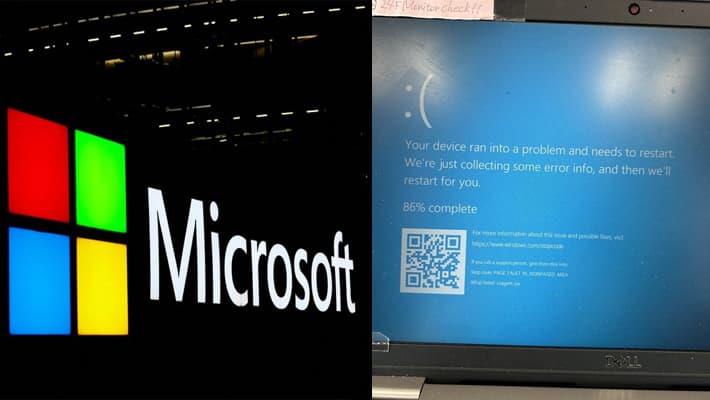Microsoft Unveils ESG Innovation with Microsoft Cloud

Climate change is intensifying, regulations are tightening, and environmental, social and governance (ESG) assets are growing by 15% each year.
Organizations seek to advance sustainability progress and opportunities, but recording and reporting on that progress remains challenging. Measuring and monitoring sustainable change at scale requires data-driven solutions.
Microsoft introduced the Microsoft Cloud for Sustainability to help other organizations accelerate sustainability progress and reduce their environmental footprint. With support from our partners at Microsoft, they continue to add his ESG features and release updates to their extensible platform.
The goal is to enable organizations around the world to integrate sustainability data intelligence to more easily track and reduce the environmental footprint of their operations and value chains.
Suppressing elusive emissions data
Microsoft Sustainability Manager enables organizations to store and report emissions data across scopes 1 and 2. Scope 3 indirect value chain emissions are a disproportionate proportion of most organizations’ footprints and are therefore difficult to track.
With this update, Microsoft will enable organizations to ingest waste data, track waste partners, track waste methods and materials, and make the necessary calculations based on a reconciled model.
Customer tracks fuel or power related emissions generated during operation from leased facilities or assets, calculates emissions according to activity and reporting needs, sets and sets future efficiency and reduction targets and It can also be tracked.
Other enhancements to help boost and scale your efforts
Microsoft Sustainability Manager offers ease of use, security, goal tracking, and more. New features enhance user role assignments and access management, and improve error handling with more actionable error messages. Users can analyze and understand emissions through a new detailed analysis page by comparing monthly performance year-over-year and drilling down to 6 levels per organizational unit for sources and activities.
Enhanced data model enables tracking and finer granularity of water data
Microsoft has updated the data model to allow adding custom entities. This enabled customers to tailor their calculations to meet their business needs by capturing unique attributes such as leaked emissions from labs or emissions caused by electrified fleet modernization. .
Environmental credit services enabling end-to-end ESG asset lifecycle
Voluntary environmental markets, including carbon markets, are maturing to meet the growing demand for reliable and traceable environmental products, such as carbon credits, as organizations seek to embark on a path to net zero. , struggling to scale.
With the Environmental Credit Service, Microsoft has overcome these challenges with a common infrastructure that helps optimize the supply ecosystem. The service automates, simplifies, and secures the lifecycle processes used by ecological project owners, verifiers, and registries to reduce time to market and improve credit quality and quantity. increase, give credit buyers confidence, and drive market momentum.
“Microsoft and partner integration capabilities provide organizations with the transparency and insight they need to manage their environmental impact, embed sustainability into their organization and value chain, and make strategic business investments that create value. You can get it,” said Shefy. Manail Kareem, General Manager, Microsoft Cloud for Sustainability, said:
Microsoft Unveils ESG Innovation with Microsoft Cloud
Source link Microsoft Unveils ESG Innovation with Microsoft Cloud



